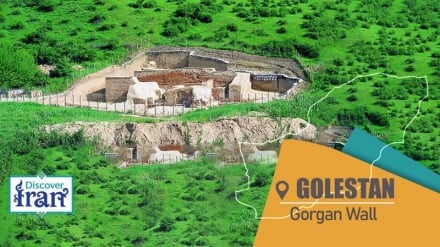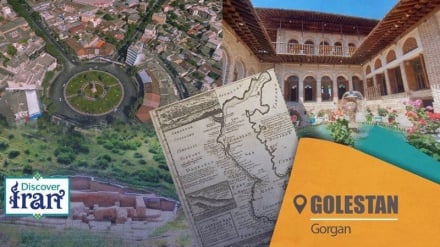Pasargad: Birthplace of Iranian architecture, World’s first garden design
-
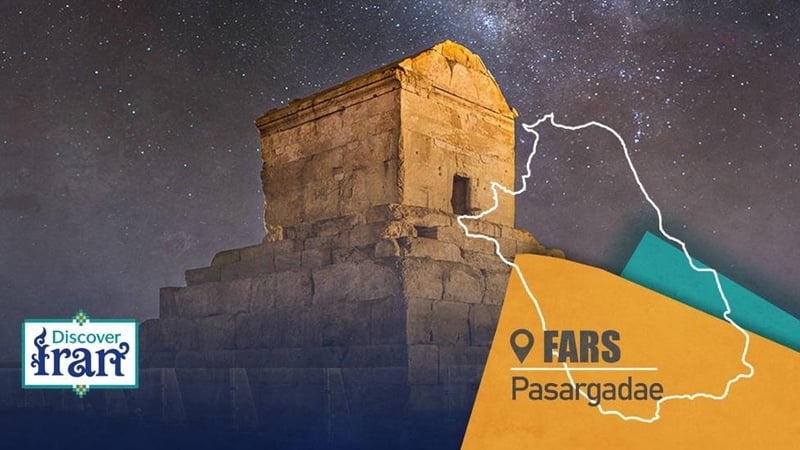
Pasargad: Birthplace of Iranian architecture, World’s first garden design
Pars Today – The Pasargad World Heritage Site is a collection of ancient structures from the Achaemenid era, located in Pasargad County, Fars Province, in southern Iran.
Pasargad, is the first dynastic capital of the Achaemenid Empire, founded by Cyrus the Great in the 6th century BCE.
According to Pars Today, citing Press TV, the artistic and technical innovations of Pasargad—from composite art to the design of paradise gardens—not only adorned the king’s palace but also set a model for architecture and design across Western Asia, resonating for centuries. Walking among the ruins of Pasargad is like stepping into the birthplace of an idea: the concept of a multicultural empire and the foundations of Iranian civilization that shaped the ancient world.
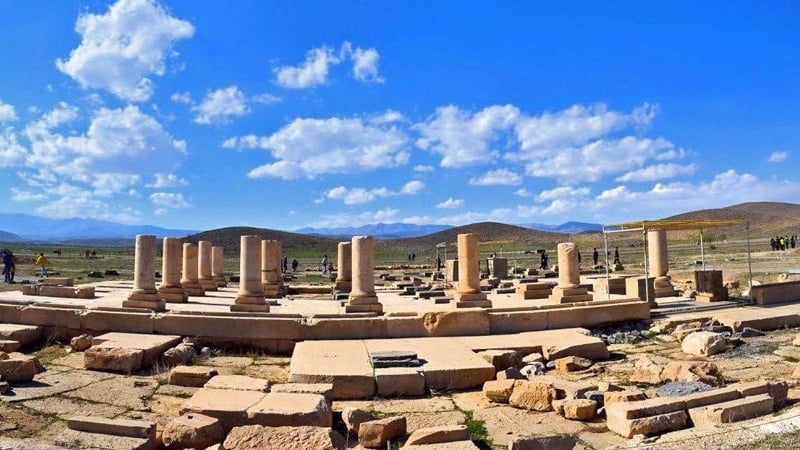
The harmony of stone and artistic ingenuity
The architectural landscape of Pasargad stands as a stunning testament to the global vision of Cyrus the Great, who harnessed the finest skills and traditions from his vast territories to craft the aesthetic of a new empire.
Cyrus’s architects and stonemasons, likely brought from the newly conquered lands of Lydia and Ionia, introduced unparalleled expertise in stonework to Iran. This technical mastery made possible the construction of precise stone platforms, towering columns, and intricately carved gateways—elements that became the hallmark of Achaemenid architecture.
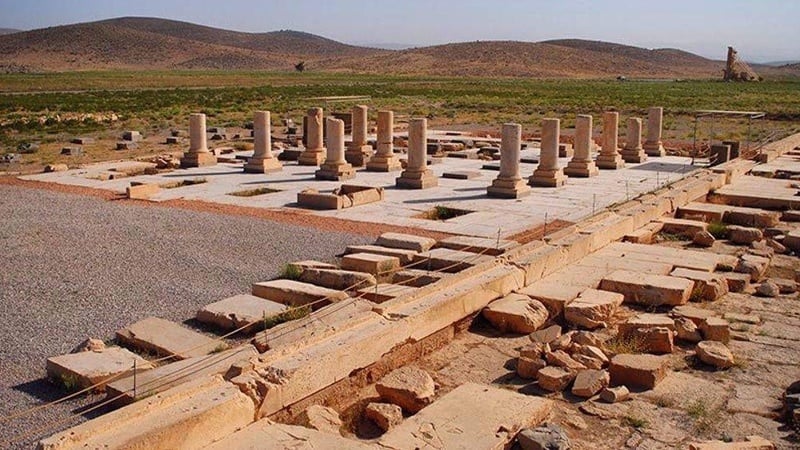
Creating paradise: The Chaharbagh Garden
The most remarkable and enduring innovation of Pasargad lies not in its stonework, but in its garden design. Archaeologists have uncovered a network of stone channels and pools forming two adjacent rectangles, a layout that precisely divided the garden into four sections.
This design likely reflected the architectural embodiment of Cyrus’s Mesopotamian title, “King of the Four Corners of the World.”
The Chaharbagh design first developed in Pasargad was repeatedly reinvented and refined, its influence extending far beyond the Near East to become a cornerstone of garden design throughout the Islamic world and beyond.
At Pasargad, art and technology were never separate paths; they were intertwined tools used to create not just a capital city, but the identity of a new empire—an identity that was as advanced technically as it was bold artistically and profound philosophically.
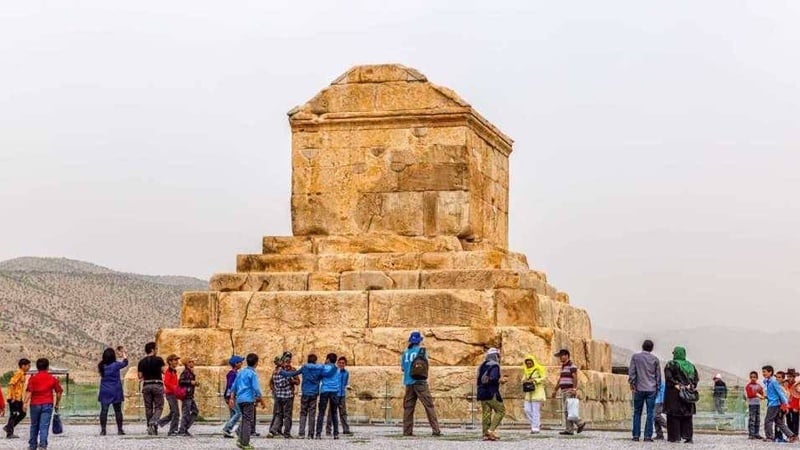
Pasargad: A beacon of the world’s heritage
As the capital of an empire stretching from the Eastern Mediterranean to the Indus River, Pasargad stands as an unparalleled testament to the first phase of Achaemenid civilization—a political structure consciously designed as a multicultural project, where diverse traditions were not erased but skillfully intertwined.
This respect for diversity—markedly different from the harsh homogenization policies of empires like Assyria—was at the heart of Achaemenid governance, and Pasargad represents its earliest and purest architectural manifestation.
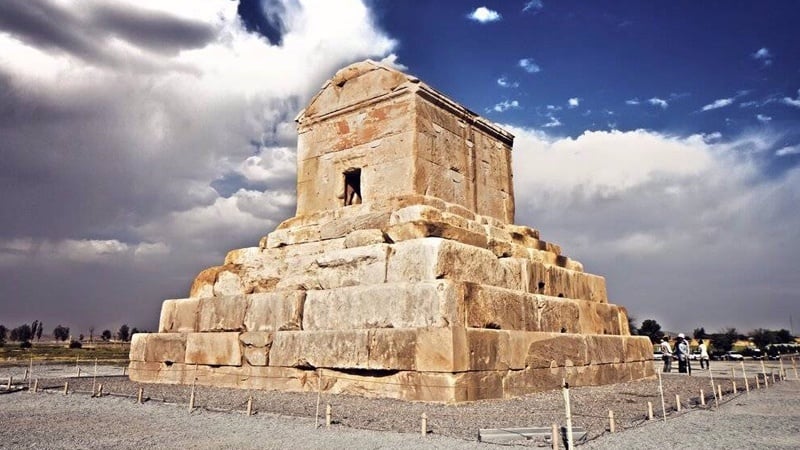
UNESCO recognizes the site’s outstanding universal value for precisely this reason: it showcases a foundational stage in the development of classical Iranian art and architecture, a style born from the fusion of Ionian, Lydian, Egyptian, Babylonian, and Elamite influences into a magnificent and coherent whole.

